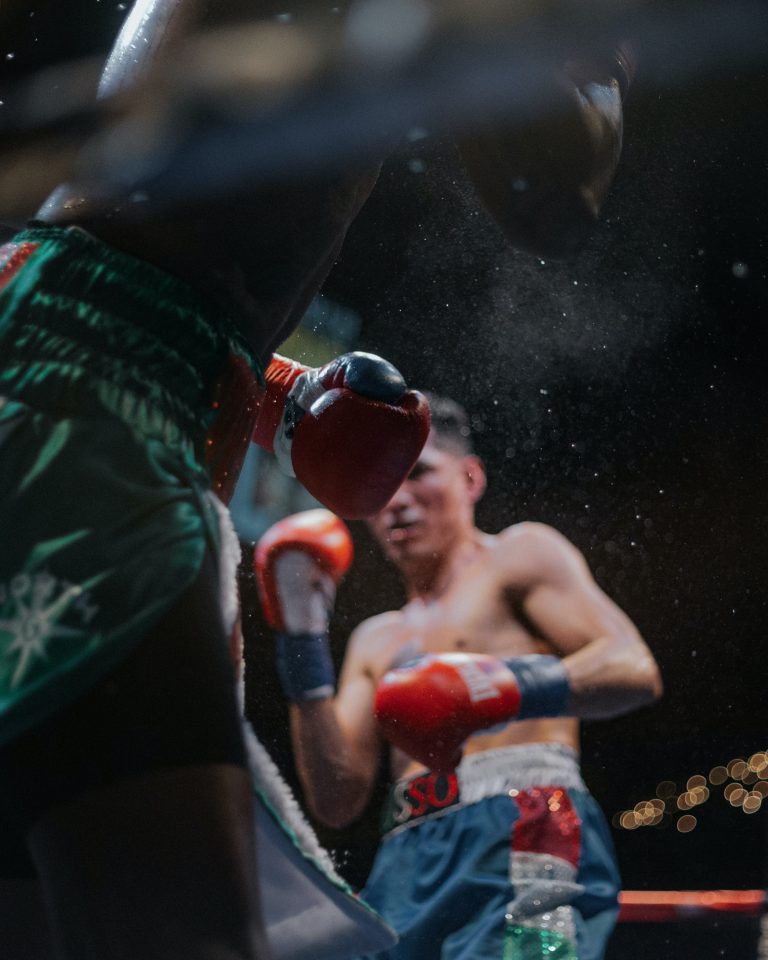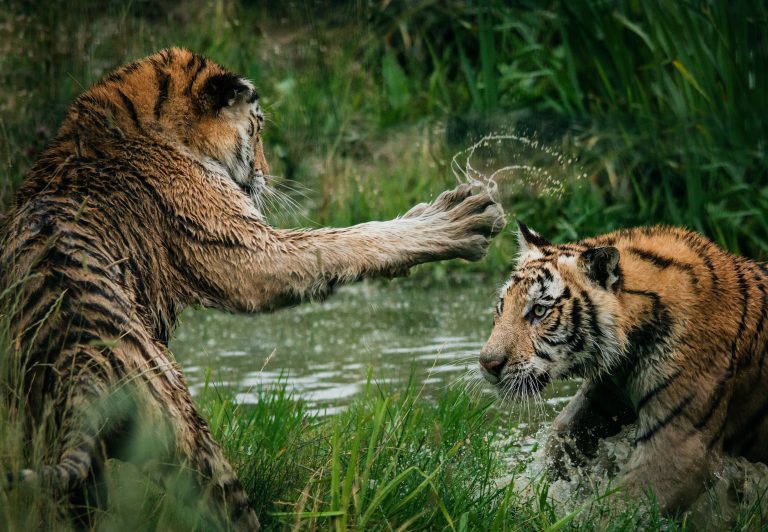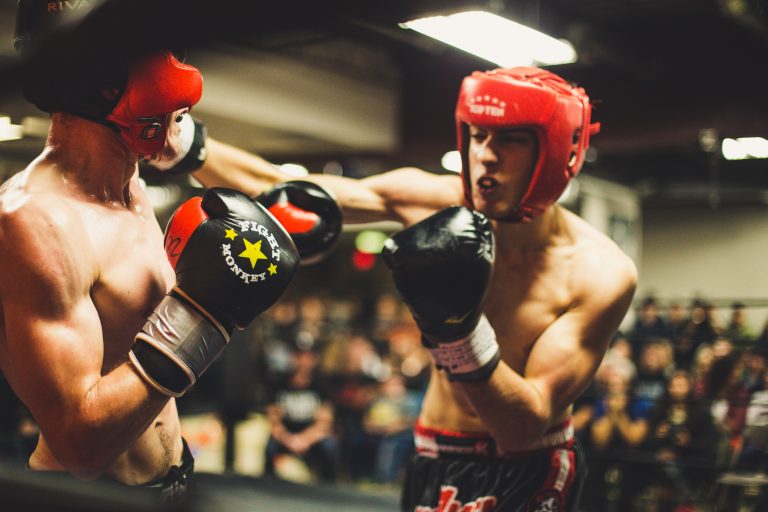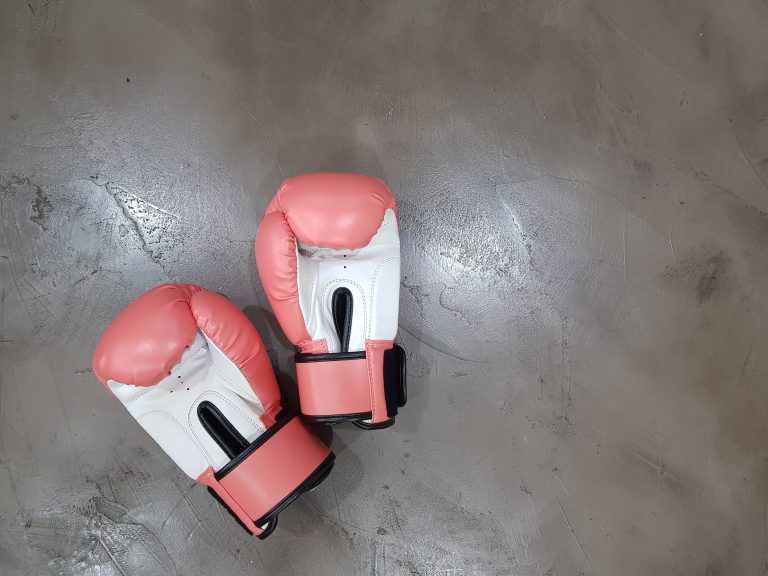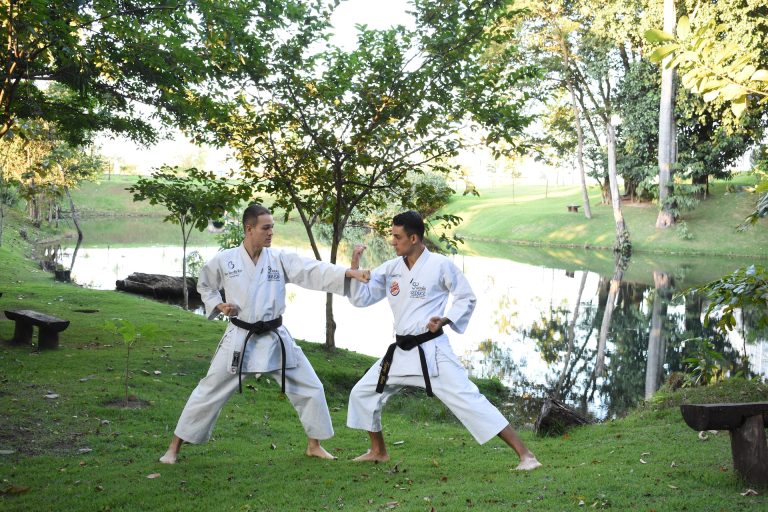Can a Karateka Learn Both Styles?
Karate is a martial art that originated in Okinawa, Japan. Over the years it has spread all over the world and many different styles of Karate have emerged. Traditionally, Karate was taught in a very strict way and only one style was taught to a karateka. However, as times have changed, many karatekas have become interested in learning multiple styles of karate. This has led to the question, can a karateka learn both styles?
Understanding Karate Styles
Before we answer the question of whether a karateka can learn both styles, let us first understand the different styles of Karate.
1. Shotokan Karate – This is the most popular style of Karate which emphasizes powerful techniques and strong stances. Shotokan Karate is known for its low stances and deep breathing.
2. Goju-Ryu Karate – This is a style that emphasizes both hard and soft techniques. The hard techniques include punches and kicks while the soft techniques include circular movements.
3. Shito-Ryu Karate – This style combines the techniques of both Shotokan and Goju-Ryu karate.
4. Wado-Ryu Karate – This style emphasizes the use of the body’s natural movements to create powerful techniques.
Can a Karateka Learn Both Styles?
The answer to this question is a resounding yes! A karateka can learn both styles of Karate. However, it is important to understand that learning both styles of Karate is a difficult task and requires a great deal of dedication and commitment.
If a karateka wants to learn both styles of Karate, it is recommended that they first master one style of Karate before moving on to the second style. This is because each style has its own unique form and techniques, and learning both styles at the same time can lead to confusion and blurring of techniques.
Additionally, it is important to find a Sensei who is proficient in both styles of Karate. This will ensure that the karateka is receiving proper instruction in both styles and is not learning any bad habits.
Benefits of Learning Both Styles
Learning both styles of Karate can have many benefits. Firstly, it allows the karateka to have a wider range of techniques and forms to choose from. This can be especially beneficial in tournaments or in self-defense situations.
Secondly, learning both styles of Karate can help the karateka become a more well-rounded martial artist. Each style has its own unique techniques and philosophy, and learning both can help the karateka better understand the art of Karate as a whole.
Finally, learning both styles of Karate can be a great challenge that can help the karateka improve their physical and mental health. The dedication and commitment required to learn both styles can help build discipline, focus, and patience.
Conclusion
In conclusion, a karateka can learn both styles of Karate. However, it is important to approach the task with dedication, commitment, and the guidance of a qualified Sensei. By learning both styles of Karate, a karateka can expand their knowledge and become a more well-rounded martial artist.
Can a Karateka Learn Both Styles?
Karate is a martial art that originated in Okinawa, Japan, and has become popular all around the world. With its numerous styles, movements, and techniques, it offers a vast learning experience for anyone willing to devote their time and energy to it. However, one question that always arises is whether a Karateka can learn both styles simultaneously or not. It is a valid concern and one that we will address in this blog post.
What are the Different Styles of Karate?
Before delving into whether a Karateka can learn both styles, we first need to understand the main styles of Karate. There are four major styles of Karate. They are:
Shotokan Karate
Shotokan Karate is one of the most famous styles of Karate. It utilizes a combination of long and short movements, and its primary focus is on the techniques of blocking, striking, and body movement.
Goju-Ryu Karate
Goju-Ryu Karate is a combination of hard and soft techniques, meant to make you flexible and resilient. Its emphasis is on developing the body’s strength and coordination while incorporating both power and grace in movements.
Shito-Ryu Karate
Shito-Ryu Karate is a composite style that features the pinpoint accuracy of Shotokan, the powerful strikes of Goju-Ryu, and the circular movements of Shorin-Ryu.
Wado-Ryu Karate
Wado-Ryu Karate is a unique style of Karate that is influenced by Judo. It emphasizes the principles of body shifting, evasion, and throwing techniques.
Can a Karateka Learn Both Styles?
Yes, a Karateka can learn both styles. Learning two Karate styles can indeed enhance and improve their overall Karate expertise, including their techniques, flexibility, balance, and strength. The entire process, however, requires tremendous effort, dedication, and commitment.
What are the Benefits of Learning Two Karate Styles?
Learning two Karate styles has numerous benefits that can help a Karateka excel physically and mentally. Below are some of them:
Broadened Karate Perspective
Learning two Karate styles can expand a Karateka’s knowledge and perspective. It can provide them with a more comprehensive understanding of movement, technique, and philosophy that will allow them to be more adaptable to different situations.
Improved Flexibility and Balance
Different Karate styles focus on various methods and techniques that help improve agility, flexibility, and balance. By learning two different styles of Karate, a Karateka can improve these aspects of their physical abilities.
Health Benefits
Karate is known to have numerous health benefits, such as developing cardiovascular, respiratory, and muscular endurance. Learning two Karate styles can increase the Karateka’s muscle mass, decrease their body fat percentage, and boost their metabolic rate.
Are there any Disadvantages of Learning Two Styles?
While learning two Karate styles can be beneficial, it also has its disadvantages.
Confusion
One of the significant disadvantages of learning two Karate styles is confusion. Different styles might have different movements, stances, and postures. Switching between the two styles can cause confusion, leading to a slower learning process. A Karateka should take their time and carefully plan their approach in learning two styles.
Bias Towards One Style
Another potential disadvantage of learning two Karate styles is developing a preference for one style over the other. The Karateka may begin to rely more on one style, leading to a lack of proficiency in the other style.
Overtraining
Karate requires discipline and hard work. Learning two Karate styles can lead to overtraining, which can cause physical injury, mental exhaustion, and emotional distress. The Karateka must regulate their training and practice safely to avoid overexertion.
How to Learn Two Karate Styles
If a Karateka decides to learn two Karate styles, they must take the necessary steps to do so safely and successfully. Below are some tips on how to learn two Karate styles.
Planning
A Karateka should thoroughly plan the learning process before beginning their training. They should consider factors such as their current skill level, goals, timelines, and resources.
Enlist a Qualified Instructor
Enlisting the help of a qualified instructor is crucial when learning two Karate styles. The instructor must have experience teaching both styles and knowledge about their differences and similarities.
Practice and Train Regularly
Practicing and training regularly are essential when learning two Karate styles. It will help the Karateka develop a better understanding of the techniques and movements. It will also help the Karateka maintain focus, control, and discipline.
Stay Open-minded
When learning two Karate styles, a Karateka must stay open-minded. They should be receptive to new ideas and techniques and remain humble throughout the process.
Conclusion
In conclusion, it is entirely possible for a Karateka to learn two Karate styles. The process takes time and dedication but is ultimately rewarding. Learning two Karate styles can broaden a Karateka’s perspective, enhance their physical ability, and provide numerous health benefits. It is important to remember that careful planning, qualified instruction, and regular practice are necessary for success.
Inhaltsverzeichnis


